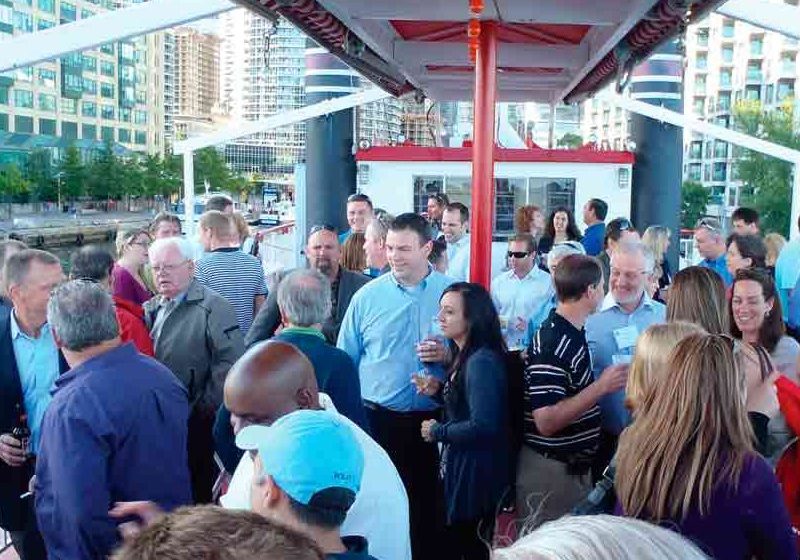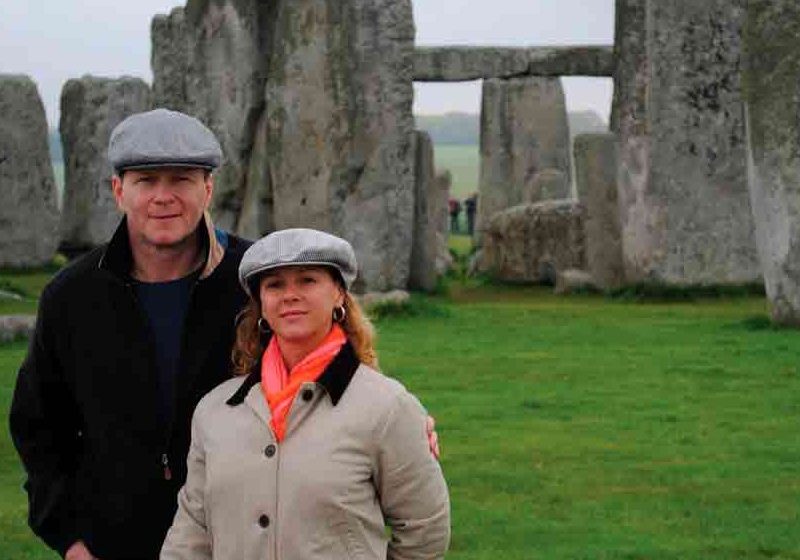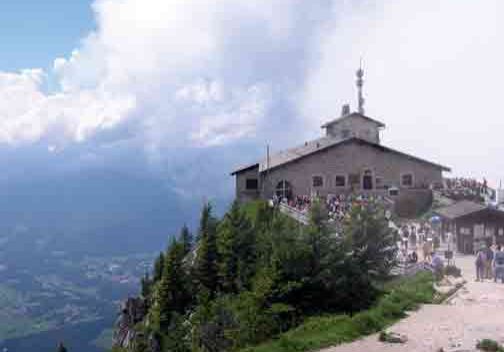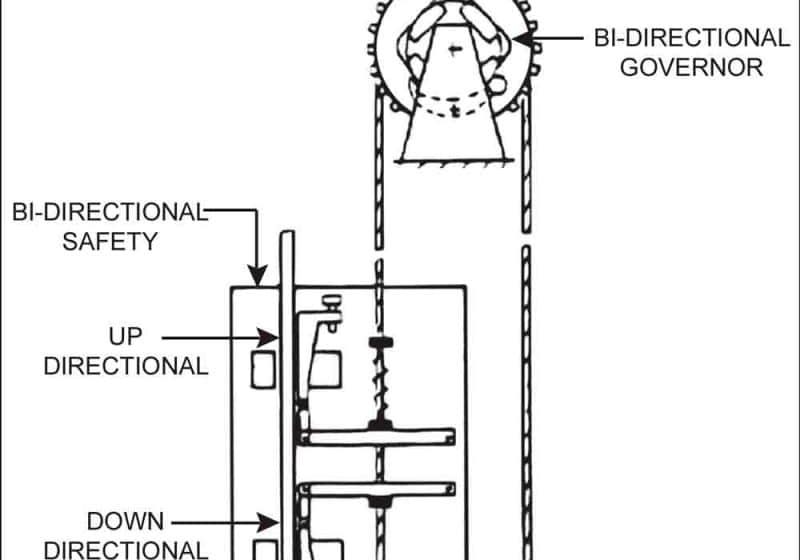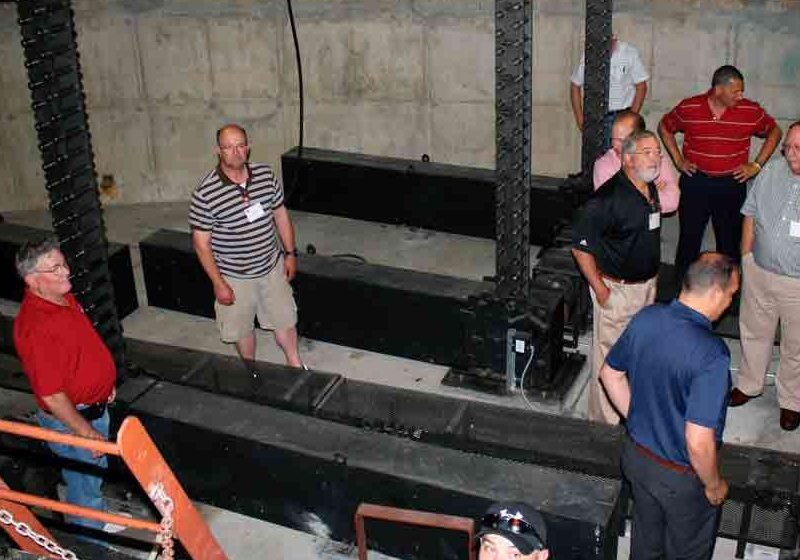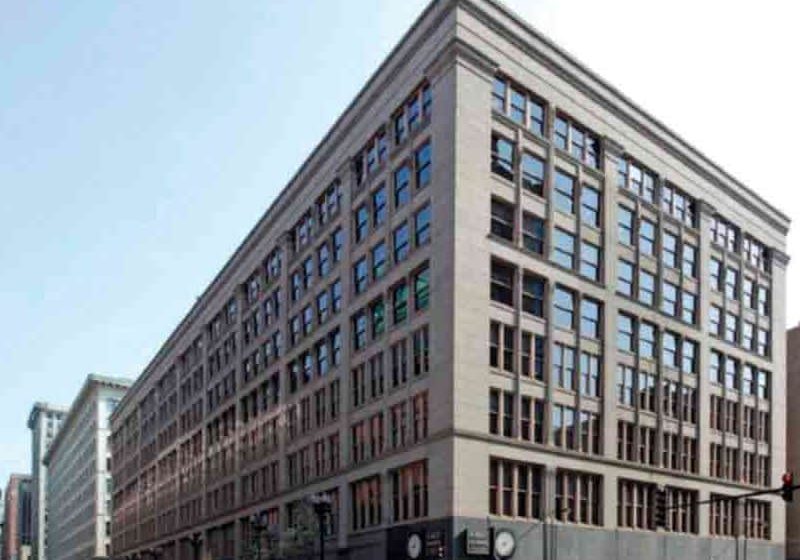One Urban World: Ups and Downs and All Arounds
Sep 1, 2012

A look at how urban growth continues to affect the industry
Transformations are sweeping our world forward so quickly into the future it is difficult to imagine where we will be in five or 10 years. Important questions to ask include: What will life be like in 2020? How will we cluster together and move around? What type of buildings will we need? It is important to think about the infrastructures that will move us to destinations both nearby and those scattered across the greater urban regions around the world.
In the 1960s, Greek city planner Constantinos Apostolou Doxiadis coined a new word to express what has become today’s reality: ecumenopolis – a world-embracing urban network. Instant communication and globetrotting are now commonplace. Many of us have relatives from around the world, and some of us travel the globe while staying in touch with family and business.
Next-Generation Civilization
Given the global violence taking place today, it is hard to see global integration and peace in the future. We have a long way to go. However, we are halfway through a process of urbanization that began at least 5,000 years ago. By the end of the 19th century, the world population was only 10% urban. Nine out of 10 people lived rural lives, raising food for the 10%. Now, agriculture and aquaculture are more efficient.
In the early 21st century, demographers announced we had hit a tipping point of sorts. For the first time, rural people were less than 50% of the world’s total population. They continue to move to large cities and towns, especially coastal regions and megacities. Today, our global population is 60% urban.
With the exception of a few landfill projects, the amount of land on Earth is fixed. As cities become larger, they become denser. Urban growth has led to a major innovation – building and living upward. As urban builders started adding floors, compact, multilevel buildings became dense. In the 1800s, growth pressures intensified and led to the need for elevators. Since, elevators and high-rise buildings have become common.
Lifestyles Today
The traditional U.S. lifestyle of having a family and home is not as prominent today as it once was. In addition, the fastest growing part of society consists of seniors, many of whom are still active and do not want to be isolated from the lifestyle of an urban area. Parts of Japan and Europe are experiencing this to even greater degrees than the U.S. However, where will active seniors choose to live? Many have already moved to remote facilities, where land and labor are more affordable. Despite the desire to lower their dependence on vehicles, seniors still want to access the diverse activities of urban environments. The development of such “senior towns” will likely become just as popular as the Chinatowns and Little Italys in major cities.
View from the Swiss Mountains
Switzerland, though small, is centrally located and industrially strong. Schindler Elevator is one of the country’s many companies with global reach. Two Schindler marketing specialists recently examined demographic and lifestyle trends to find hints about future markets. (See Schindler article on p.130).
Schindler is best known for elevators, but it also designs and manufactures escalators and moving walks. At Schindler, design options, value, versatility and upgrades are created to be intelligent. The company’s 43,000 employees around the world aim to support sustainable urban development. During their research, Schindler found an urbanizing world, which will need to build upward. There are bands of increasing density – like the BosWash corridor, which is the magapolis extending from the metropolitan area of Boston to Washington, D.C. Pockets of greater density will emerge, not just in and around traditional central business districts (CBDs).
Around the world, large cities with 10-20 million residents continue to draw migrants from the suburbs and the countryside, in addition to immigrants from around world. To accommodate this, we will need to better manage these dense districts. Most U.S. districts are currently pedestrian wastelands and parking lots. They are clogged with traffic and polluted by noise and fumes. This is a response to vehicle dependency. In order to balance density and livability, elevating the stature of the landscape will be necessary. Designed and managed for pedestrian life, horizontal and vertical circulation will be well integrated. This is, indeed, the intersection of elevators and automated people movers (APMs).
Auto Detoxification
Today is dramatically different from the 20th century. It once seemed natural to allow vehicle access everywhere, provide ample parking and accommodate traffic. This has fundamentally transformed our urban landscape. The U.S. is now an interstate nation. Last century, most cargo flows switched from rail to trucking, flooding highways with huge “road monsters.” In the U.S., getting everywhere by car is the unquestioned assumption. Most transportation involves some type of motorized vehicle. Walking primarily takes place in parks and on trails, or inside shopping malls and specific districts.
While parking may be prominent in some U.S. cities, the same cannot be said for many parts of Europe, Asia or the Middle East. In many places in the world, the primary means of transportation is walking. Pedestrian flows are thick and vibrant, mixed with buses, taxis and carts pulled by people or animals. In such places, the car is the exception.
Globally, Schindler’s research also shows trends likely to impact vehicle dependency in the U.S. A new integration of horizontal- and vertical-circulation infrastructure serving dense urban districts is likely. This new planning design may emerge first in senior communities. Indeed, it has already started in Florida and Arizona.
District Mobility 2020
Today, transit-oriented developments (TODs) get much attention. Transit officials seek to concentrate new buildings, often mid and high rise, around transit stations, including subways, metros, commuter rail and Amtrak. TOD methods are similar to those of the 1920s. In proposed TOD districts, most people will rely on walking, biking and public transit. Residents may subscribe to a car-sharing network instead of owning a vehicle, as only limited parking will be available. Walkways and public places will be prominent and maintained. Taxis and carts will be easily available. Many services, such as plumbing, landscaping, policing, etc. will be provided on foot.
APMs can enhance TOD districts and extend their borders. Many pedestrians do not like to walk more than 1/4 mi. (400 m), at which distance they will typically switch to another mode of transportation, such as a vehicle, bus or train. APMs can easily span such distances and serve multiple remote sites with small, easily accessible stations that are virtually next to the main TOD center.
An example can be found in Morgantown, West Virginia, a hilly university town south of Pittsburgh. An advanced APM links Morgantown’s CBD to a string of campuses and a major medical center near an intermodal center. This personal-rapid-transit system was built in the 1970s and has operated safely and dependably, despite student complaints. Upgrades are underway, and possible expansions are being considered. Additional examples can be found at airports and hospitals in Huntsville, Alabama, and Indianapolis. In Perugia, Italy, an APM mini metro was installed in its historic core, which is also served by escalators.
APMs can thus be used to create super-TOD districts. They create virtual proximity. Look no further than downtown Miami, where more than a dozen metromover stations are located near the metrorail. This was developed with a limited public-transit budget.
What Public/Private Mix?
Few private developments are capable of investing millions of dollars into APM infrastructures. There have been a few examples, but many have failed. A cable-drawn shuttle designed by Otis serving a corner of downtown Tampa to an industrial island for upscale residential space was installed but eventually dismantled. A smaller version, also supplied by Otis, linked a suburban transit station north of Boston to a waterfront site, but it, too, was removed after 10 years, when major upgrades were needed. A larger self-propelled APM was locally funded in Las Colinas, Texas, near the Dallas/Fort Worth Airport. Despite plans for a larger network, it was never expanded and, today, operates in manual mode only a few hours a day.
After several years of minimal new development in the U.S., there are signs of a revival in high-rise construction. The July issue of ELEVATOR WORLD included news of a US$500-million complex near downtown Austin, Texas; a US$300-million office tower in downtown Chicago; high-rise residential towers in Fort Lee, New Jersey, near the George Washington Bridge; and a high-rise hotel in downtown Los Angeles. Certainly, all of these will have smart elevators.
We need to find an improved balance to create sustainable, dense districts. As private investment in urban development perks up in the next phase of the 21st century, will public policymakers encourage integration of horizontal and vertical circulation? To learn more about advanced APMs, visit: www.podcarcity.org.
Get more of Elevator World. Sign up for our free e-newsletter.


